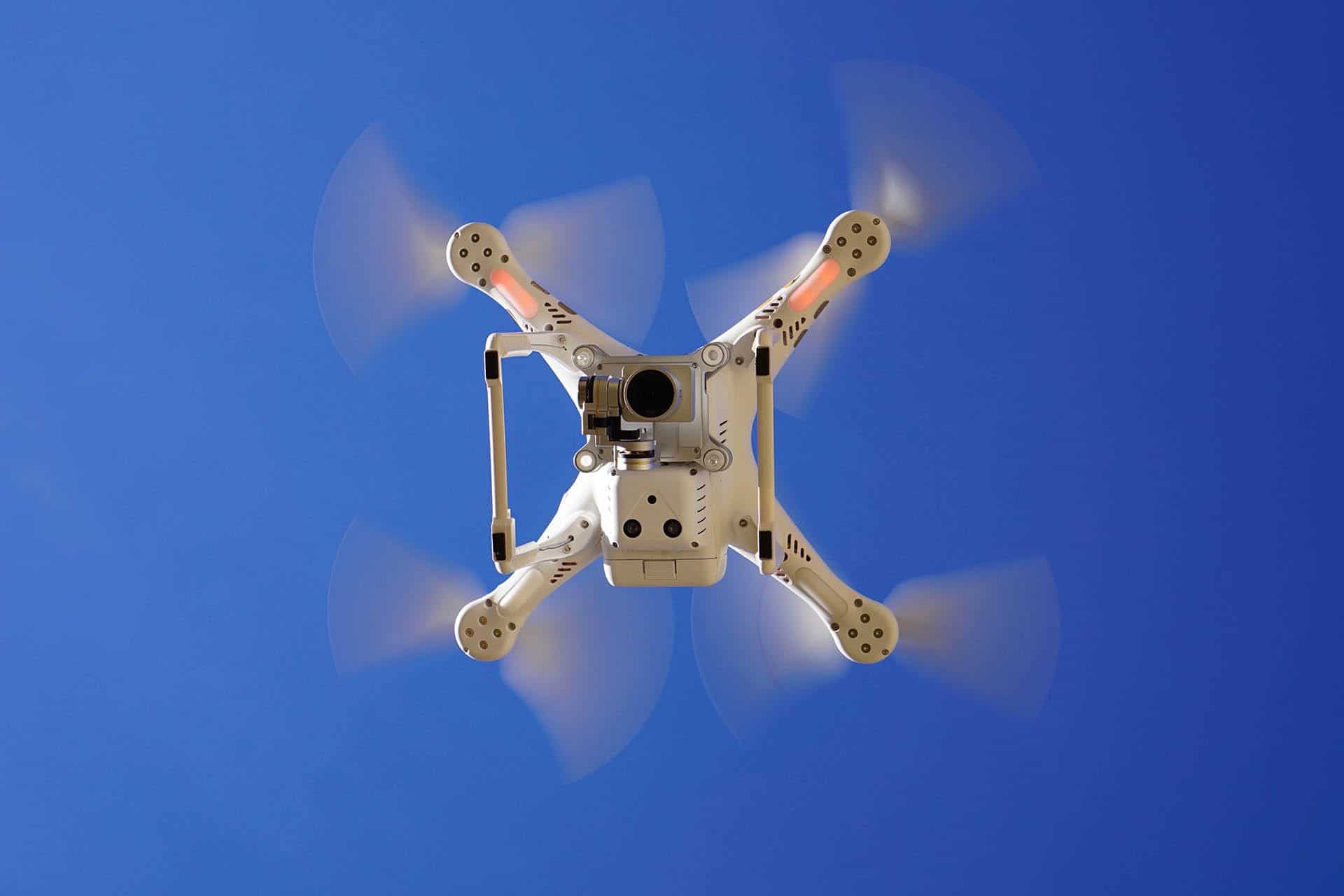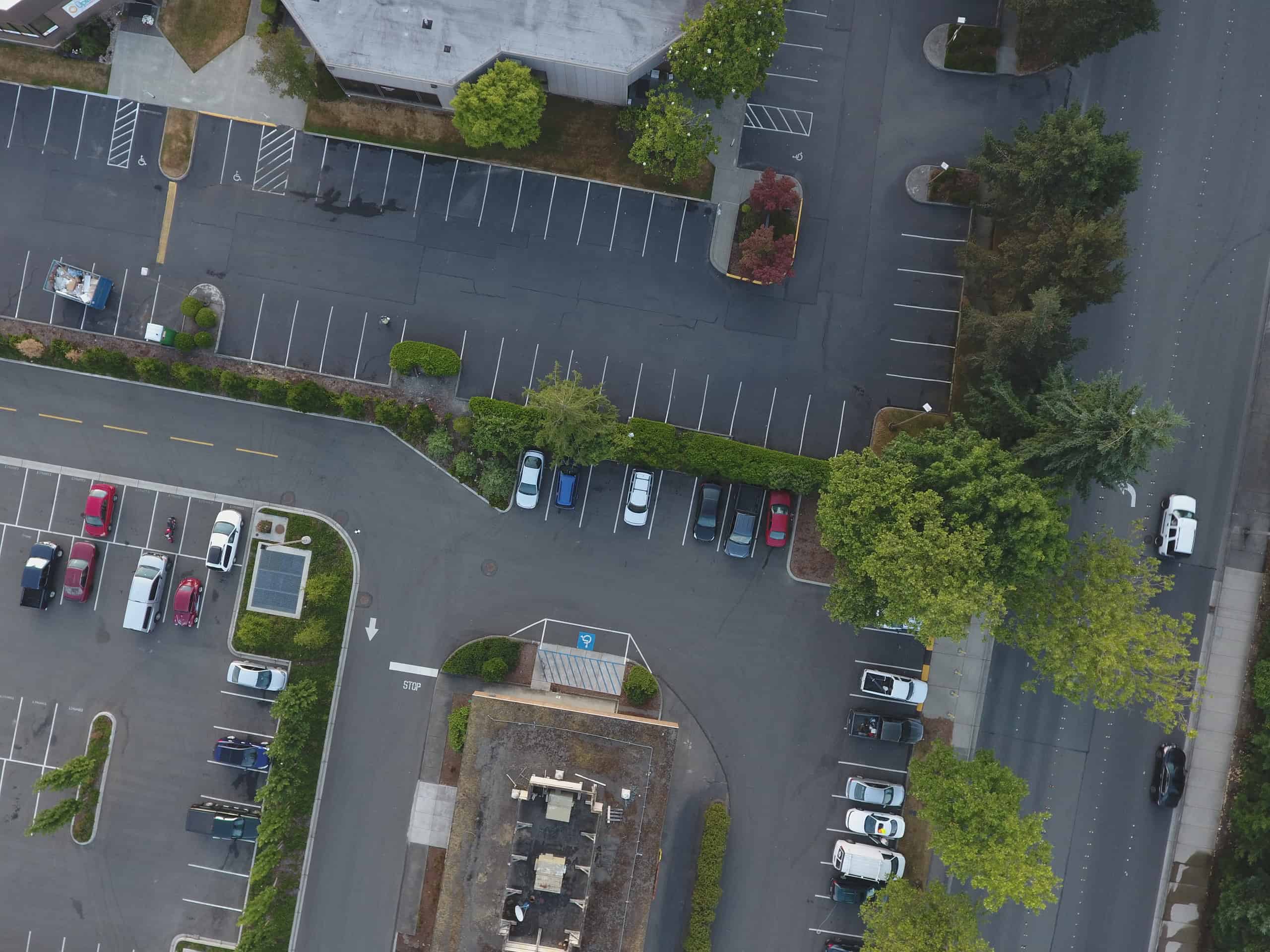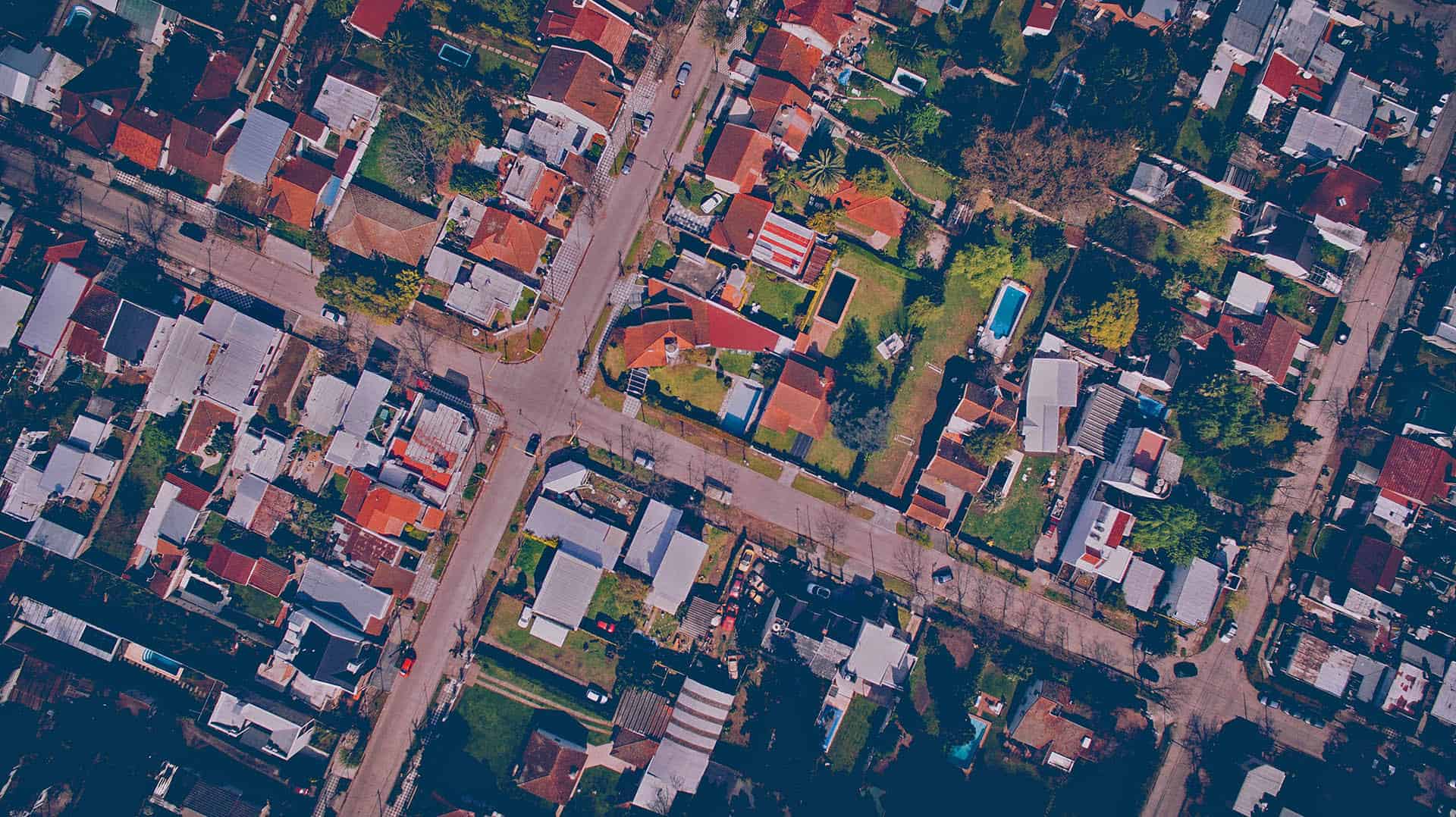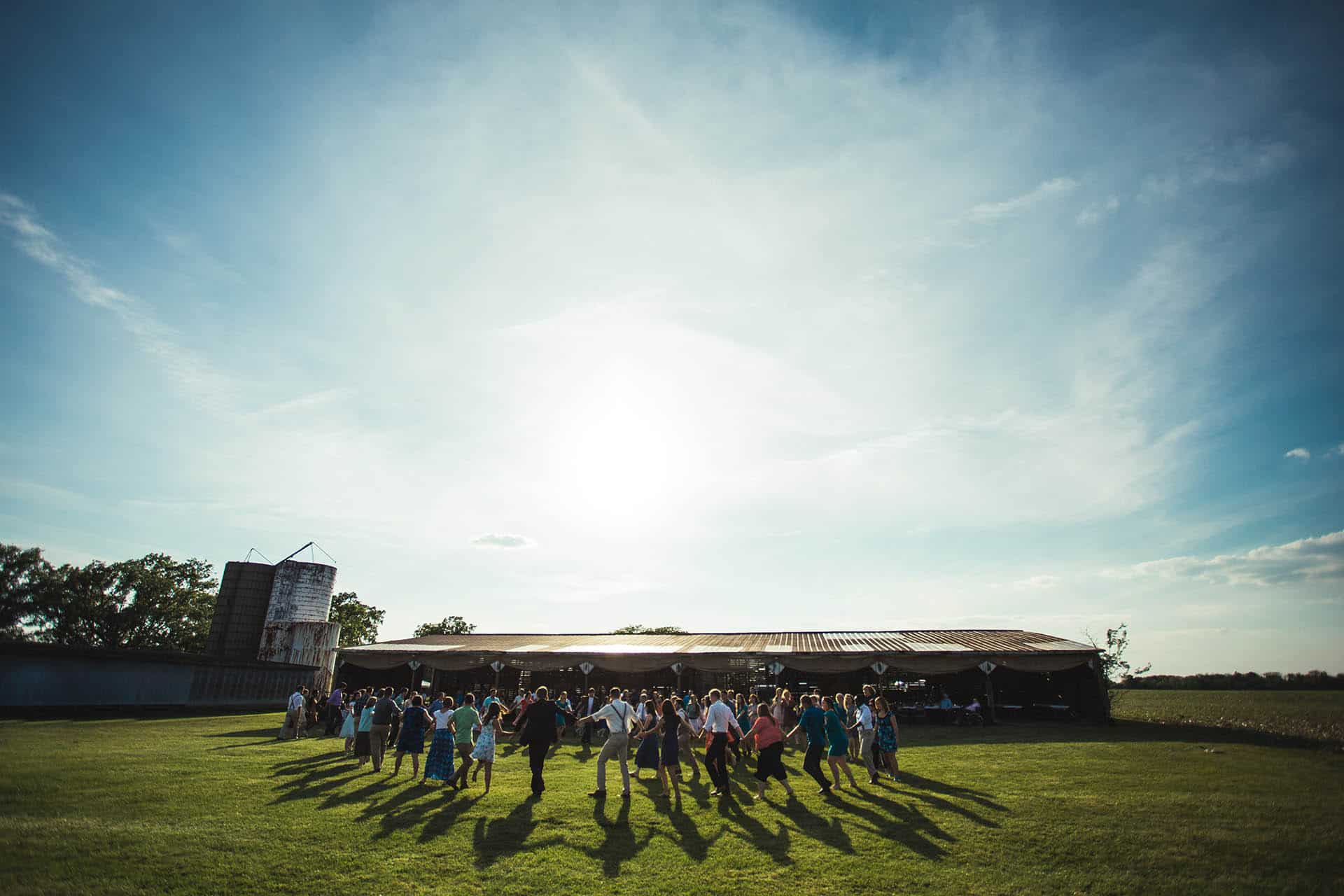Starting a Drone Business Is More Than Photography - Ideas, Plans, Pricing
You like drones. You probably really like drones. They’re cool. They’re fun. If you’re reading this you probably already have one or are about to purchase one. There’s probably also a good chance that you are amongst the over 50% of Americans who currently don’t like their job. Up until now, drones have primarily served as a hobby for you. But wouldn’t it be nice to make a living flying drones — doing something you loved? After all, don’t we always here the saying Do what you love and the money will follow? So why not Start Drone Business?


Are You Cut Out To Run a Drone Business?
People said you’re an awesome cook! They all say you should open a restaurant. Well, anyone into cooking that has opened a restaurant can probably tell you cooking and running a restaurant are two very different skill sets. Likewise, taking some photos using a drone, and running a drone service business are two very different things. Do you know how to write a business plan? Do you have enough capital to pay your bills (both business and personal) until you reach a break-even point possibly as much as two years down the road?
Let’s Assume You’re a Good Cook
Let’s first assume you’re a good “cook.” You have the skills to pilot the drone, you got your FAA 107 Certificate, and you are comfortable using and sometimes troubleshooting a variety of software tools needed to do the job. Now you may be thinking, I’ll just do this part time at first on the weekends and/or take a day a week off and schedule all my appointments then. Well that would be disregarding two very important issues: (1) It’s the customer’s schedule that matters, not yours, and (2) you can’t fly in all weather conditions or in darkness (unless you have a waiver.) And even if you do only operate your drone service part-time, many of the business overhead costs will be the same as if you were doing it full-time.


So How Many Hours Can You Potentially Bill?
Let’s start by making a reasonable assumption as to how many total hours per year you can bill out if you did this full-time. There are 365 days in a year. There are about 2-weeks of holidays (14 days) and let’s say for whatever reason you take one day a week off whether it be for your religion, your kids, or just your sanity. That’s another 52 days. Let’s say even though you are okay with only having one day off per week, other stuff is going to happen, like getting sick. So let’s subtract another 14 days for unforeseen circumstances. Now between rain, wind, and snow, you’re not going to be able to fly on all the remaining days. Let’s say only 25% of the remaining days you can’t fly due to weather conditions (in many areas it will be higher than that.) So we have 365-14-52-14 = 285 – 71 (25%) = 214 days per year MAX you can fly. (Subtract another 52 days if you want your 2-day weekends back.)
Your Maximum Total Billable Hours
So we are assuming you can fly 214 days a year and you can do other work on some additional days, so to simplify let’s figure your total hours average out to 10 hours a day over those 214 days. Let’s also assume the amount of daylight where you live will be at least 10 hours on average throughout the year. But, what portion of those hours are going to be non-billable activities involved in running a drone service business? These activities include sales & project management (two biggies), accounting, procuring and maintaining equipment, and ongoing education just to name a few. Let’s assume you are going to be spending a minimum of 3 out of every 10 available hours doing non-billable work (and that’s probably underestimating it grossly if you are doing things like maintaining a blog.) So now you have a maximum potential of 214 X 7 ~ 1,500 billable hours. You can argue about the finer points on how I came to this figure but I think most would agree 1,500 is reasonable, and even somewhat high.
But wait, are you going to charge your client the same rate per hour for driving in your car to and from the job site as the rate you charge to actually collect and process the data? I don’t think a client would be very happy to learn they are paying you $100/hr to drive a car? So for argument sake, let’s assume your transportation time and cost is part of your business overhead cost. And let’s assume that for every 4 hours of billable work you incur at least 1 hour in transportation time (probably a gross underestimation considering today’s highway mess in most cities.) So your actual total possible billable hours are now down to 1500 – 25% = 1,125.

What Are Your Average Overhead Costs Per Billable Hour?
Now for the sake of simplicity let’s assume you are going to operate out of your home so even though you’re going to write off a portion of your utilities, we won’t factor those in with your overall business overhead costs. Now these numbers can be nitpicked but I am just throwing them out to give a general idea. The calculations to the right assume you’re going to need AT MINIMUM a new professional drone and accessories ($2K) and computer ($1K) every 3 years so we average the depreciation to $1,000/year. The current mileage rate is $0.54 a mile which takes into account fuel cost, car maintenance, and depreciation. So if we assumed you were driving on average 20 miles per job, that’s a cost of $10.80/job and if the average job is 2 billable hours, then that’s $5.40/hr in transportation costs. You need health insurance as you can’t work if you’re sick and liability insurance because you can’t run a business if you’re bankrupt from a lawsuit. Business services can include monthly software subscription fees, advertising fees, etc. $400 is probably low but reasonable. Basically, at 1,125 hours per year, your overhead costs per billable hour come out to $13.86 in this calculation. Let’s round it up to a nice even $15.
Now here’s the problem. Realistically you are going to come nowhere close to billing you maximum potential billable hours when you are first starting out. I would say you’d be lucky to be billing anywhere close to half those hours one year into running the business. So let’s assume for the first year, you bill out an average of 25% of your available billable hours or 281 hours. That’s basically three 2-hour jobs per week. Now your transportation cost overhead stays the same as we calculated that at $10.80 per 2-hour job. But all the other hourly overhead rates were annual totals divided by 1,125 hours. If your actual billable hours are 1/4th that, then your overhead costs per billable hour are quadrupled. Therefore your approximate overhead cost, at least during the first year, would be approximately $40 per hour billed!
So if you are charging $200 to do a 2-hour job (this includes everything from start to finish including client communication and post processing), then you’re net hourly income is really $60/hr. Times 281 hours billed equals an annual net income (before taxes) of $16,860 your first year. Even if you booked half your available hours, you’re still only making $33K.
Granted what I’ve described is just one possible situation but in many cases, individuals fail to think things through this far when planning their new business. Hopefully, this gives some insight into some of the real issues you should consider when starting a drone business.
Basic Overhead (1,125 hours billed)
$0.88/hr – Equipment Depreciation ($1000/yr)
$5.40/hr – Transportation (fuel, car maintenance & depreciation)
$4.26/hr – Business Services (software services, minor advertising $400/month)
$0.66/hr – Liability insurance ($750/yr)
$2.66/hr – Health Insurance
